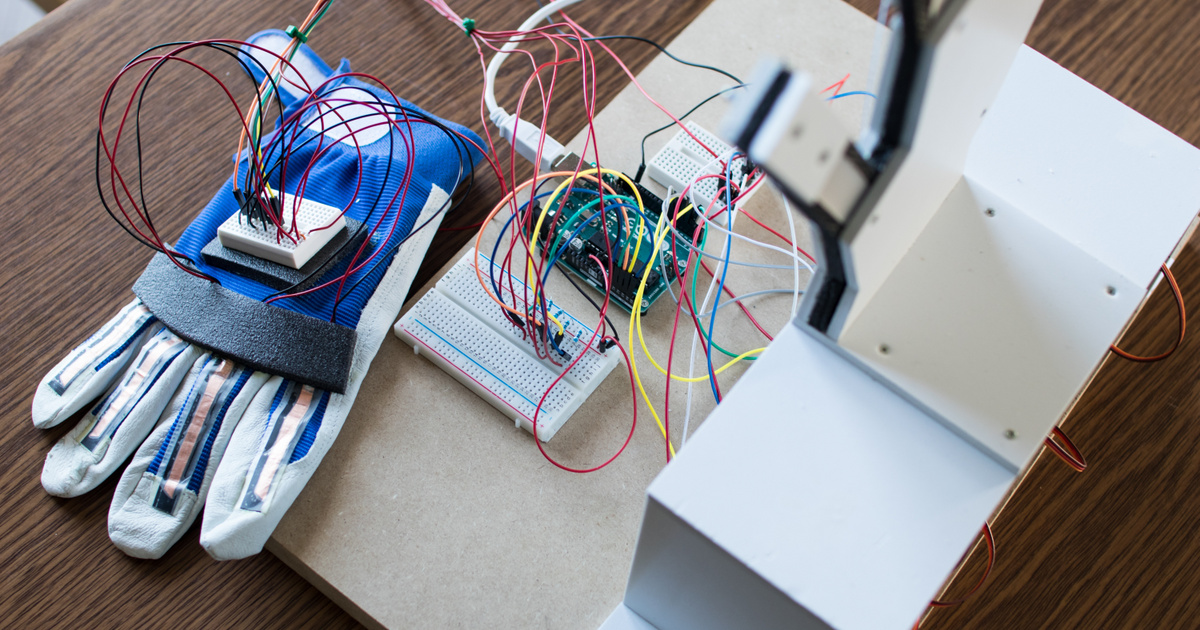An engineer in Edinburgh made an AI robotic glove.
Muscle weak, sick and elderly people
It helps to understand things. Ross O’Hanlon came up with the invention when he watched his MS aunt struggled to do simple tasks like sip a glass of water or press a button on the remote control.
The glove uses a process called electromyography (EMT) to detect the wearer’s intention to hold it. It measures the electrical activity produced in response to a nerve muscle stimulation. It then uses an intent verification algorithm, helping the wearer to hold an object or apply the pressure needed to complete the activity.
The technology is expected to assist with a number of everyday tasks, including opening bottles, driving a car, and making tea.
It is good for many diseases
The glove is the first product from a Scottish company called BioLiberty, founded by O’Hanlon and a team of three engineers.
An estimated 2.5 million people in the UK suffer from hand weakness due to diseases such as multiple sclerosis, motor nerve disease and carpal tunnel syndrome.
As an engineer, I decided to use special technology to address these challenges, with the goal of helping people like my aunt maintain their independence. In addition to those with the disease, the population is aging, and this increases the pressure on care services. We want to support independent living and healthy aging by enabling individuals to live comfortably in their homes for extended periods of time.
The 24-year-old O’Hanlon said.
He has already created a working prototype with his team of young engineers and is now supported by an incubator at Heriot-Watt University’s Edinburgh Business School.












































